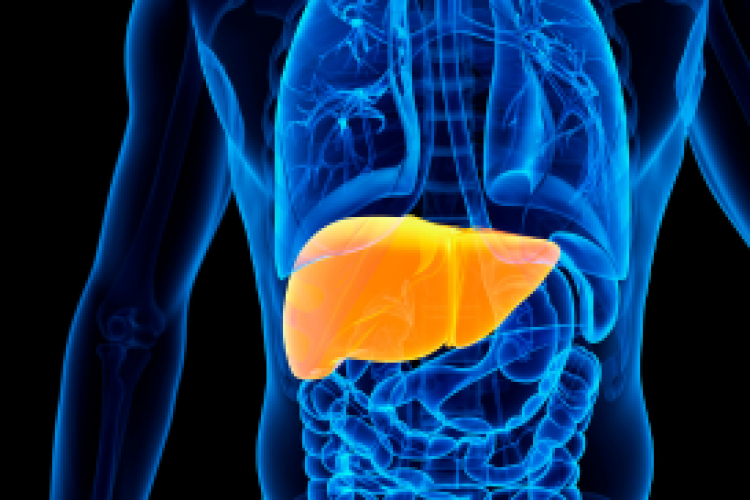How Hyperbaric Oxygen Therapy Works
For most chronic wounds, hyperbaric oxygen therapy is used only after standard treatment is tried first. Patients undergoing the treatment are placed in a pressurized chamber, where they breathe in 100% oxygen. The goal is to quickly increase the amount of oxygen in the blood, where it is delivered to the wound site for faster healing.
The chamber is a little larger than an MRI machine, with clear plexiglass so the patient can see their surroundings. “They can communicate with the technician at all times,” Dr. Vinces said. During the treatment, which generally lasts 90 minutes to 2 hours, the patient can watch movies or listen to music.
Patients come for treatment every day for 20 to 40 days. “For some patients, it can take some getting used to, but it gets easier, and being able to watch TV or movies makes the time go by a lot faster,” he said.
Hyperbaric oxygen therapy isn’t painful, but some patients do feel pressure in their ears, similar to when they are on an airplane that is changing altitude. “We have several techniques that help with the sensation, and after a few times, patients are usually able to avoid that side effect,” Dr. Vinces said.
It can take 10 to 15 treatment sessions before the doctor determines if the patient is responding. The number of treatments you need depends on the extent of your wound and how well the wound responds to therapy. In some cases, the doctor may decide the wound is responding so well to the treatment that another round of sessions would be beneficial.
In rare cases, hyperbaric oxygen therapy can affect a person’s vision. Some patients with nearsightedness (myopia) may find they can’t see as well with their glasses. This usually resolves a few weeks after the treatment is completed. A small number of patients may develop cataracts. “This is very uncommon, and it only occurs in patients that have received several rounds of HBOT,” Dr. Vinces said.
Medicare and most private insurance plans will pay for hyperbaric oxygen therapy if it is used for one of 14 approved indications, Dr. Vinces said.
“Here at The Wound Care Center, our goal is to work very closely with the patient’s primary care doctor,” he said. “For the treatment of difficult to heal wounds, a multidisciplinary team, including podiatry, infectious disease, vascular surgery, and endocrinology will work together to develop an individualized treatment plan.”



 Upcoming Events
Upcoming Events



